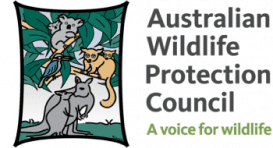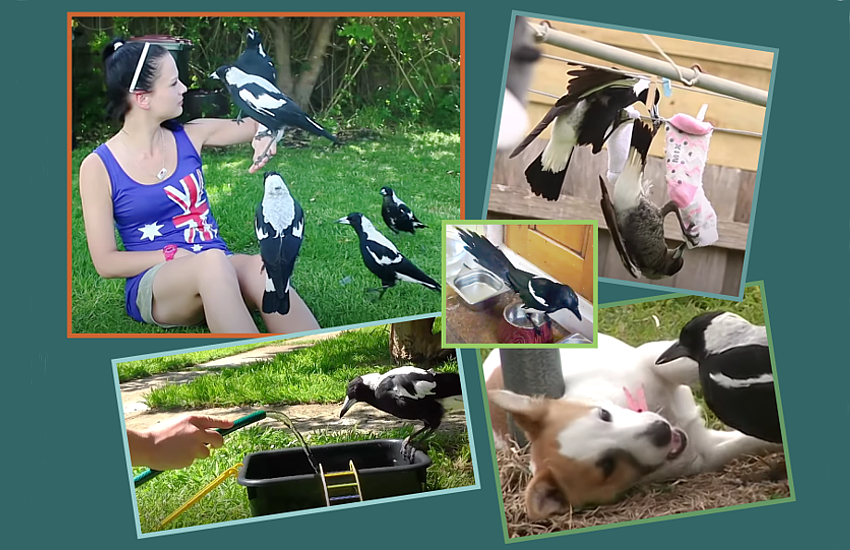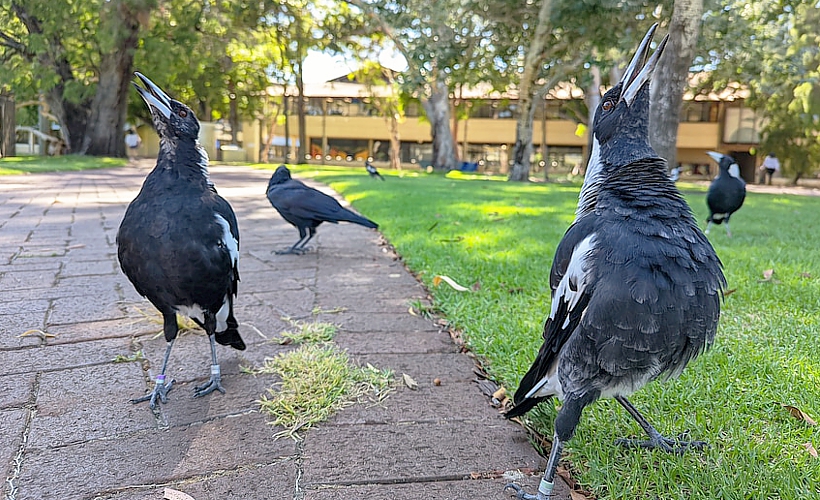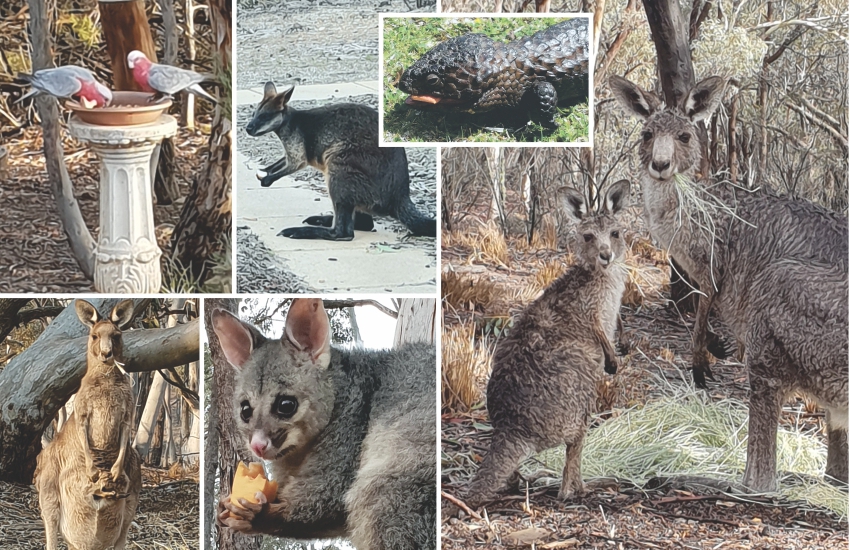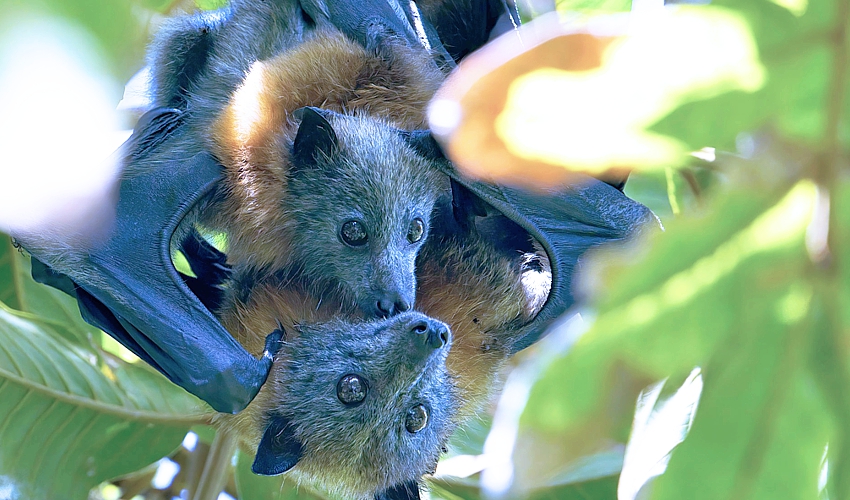
Climate Change And Biodiversity Loss, Solutions Needed
Share this page THE HEATWAVES NORTH America is currently experiencing and our own “hottest on record” [1] 2019–20 summer indicates extreme heat events will become frequent. In 2019 tens of thousands of native Grey-headed flying foxes died and the Spectacled flying fox lost a third of its total population in 44C heat. [2] IMAGE: Grey-headed flying fox (Pteropus poliocephalus) with her pup in Brisbane’s Roma Street Parklands. By Andrew Mercer, Wikipedia. CC By-SA 4.0 We will see 46–50C days soon, and when we do, one of the engines of our forests, the pollinating flying foxes that service over 100 species of native trees and plants, will die. Entire colonies will be wiped out. Bat conservationists are calling on the Federal Department of Environment Minister, the Hon. Sussan Ley, to aid the installation of cooling sprayers in every flying fox camp listed by her department as being of national importance [3]. In extreme heat colony cooling is the only intervention that will save sufficient numbers of flying foxes to regenerate and maintain ecosystems. There are at least 100 flying fox camps in eastern Australia that need sprayers and at a cost of around $250,000 or less, per camp, this would equate to about $25 million. A paltry sum to save carbon-sequestering (forest building) long distance out-cross pollinators and seed dispersers. These are the landscape-level ecosystems needed by the bees and insects that pollinate many agricultural crops. Bats mean business. It’s nearly as simple as that. Grey-headed and Spectacled flying fox populations [4] have already been decimated by starvation caused by land-clearing [5], bushfires and urban netting entanglements. Installing cooling systems in flying fox camps is something practical that will help Australian flying foxes survive: “The bat you see Melbourne today may be the same bat you see in Brisbane a month later — that’s how far they fly and they build forest all the way. But they can’t do it if they’re dead. Cooling camps makes sense — ecologically and bottom line.” [1] Bureau of Meteorology, Australia Warming Graphic.png [2] BBC News, How one Heatwave killed a Third of a Bat Species in Australia, Jan 15, 2019. [3] Nationally Important Camps of Grey-headed Flying-fox (Fed Dept of Environment). [4] Both bat species are Federally Listed as Vulnerable to Extinction, Environment Protection & Biodiversity Conservation Act 1999. [5] Twenty three Queensland Spectacled flying fox camps have been destroyed since 1970s with forty still in existence (Pteropus Conspictillatus – Spectacled Flying fox – Recovery Plan, QLD Govt, Australian Govt 2010. — Lawrence Pope, Friends of Bats & Bushcare Inc.
